1. The Expanding Universe
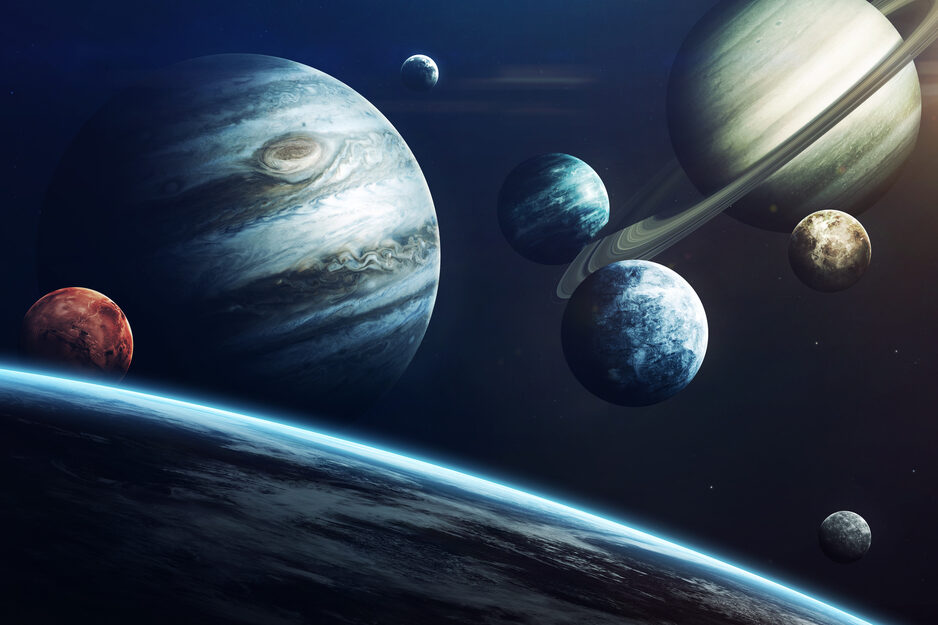
For centuries, people believed the universe was static—a vast, unchanging expanse. That all changed when astronomers discovered that galaxies were actually moving away from us. This groundbreaking revelation came from studying the redshift of distant galaxies, proving that space itself is stretching. It wasn’t just a minor shift in perspective; it completely redefined our understanding of the cosmos. If the universe is expanding, then at some point in the past, it must have been much smaller, leading to the development of the Big Bang theory.
This discovery also raised mind-bending questions about the future of the universe. Will it continue expanding forever, or will gravity eventually slow it down? More recent studies suggest that not only is expansion happening, but it’s actually accelerating due to a mysterious force called dark energy. This invisible force makes up most of the universe, yet we barely understand it. The realization that the universe is not just vast but also dynamic has shaped nearly every field of modern astrophysics.
2. Black Holes Are Real

For a long time, black holes were just a mathematical oddity—an eerie prediction of Einstein’s theory of general relativity. Many scientists doubted they even existed. But as observational techniques improved, astronomers began detecting strange regions in space where gravity was so intense that nothing, not even light, could escape. The strongest proof came in 2019 when the first-ever image of a black hole was captured by the Event Horizon Telescope, showing a glowing ring of hot gas surrounding an inescapable void.
This discovery was monumental not just because it visually confirmed black holes, but because it opened new pathways to study them. Scientists now track how they interact with nearby stars, warp time and space, and even merge with one another, releasing massive gravitational waves detectable on Earth. The existence of black holes challenges our understanding of physics, especially what happens at their cores, where gravity becomes infinitely strong. Some even believe that black holes could hold clues to the deeper nature of reality itself.
3. Exoplanets Everywhere
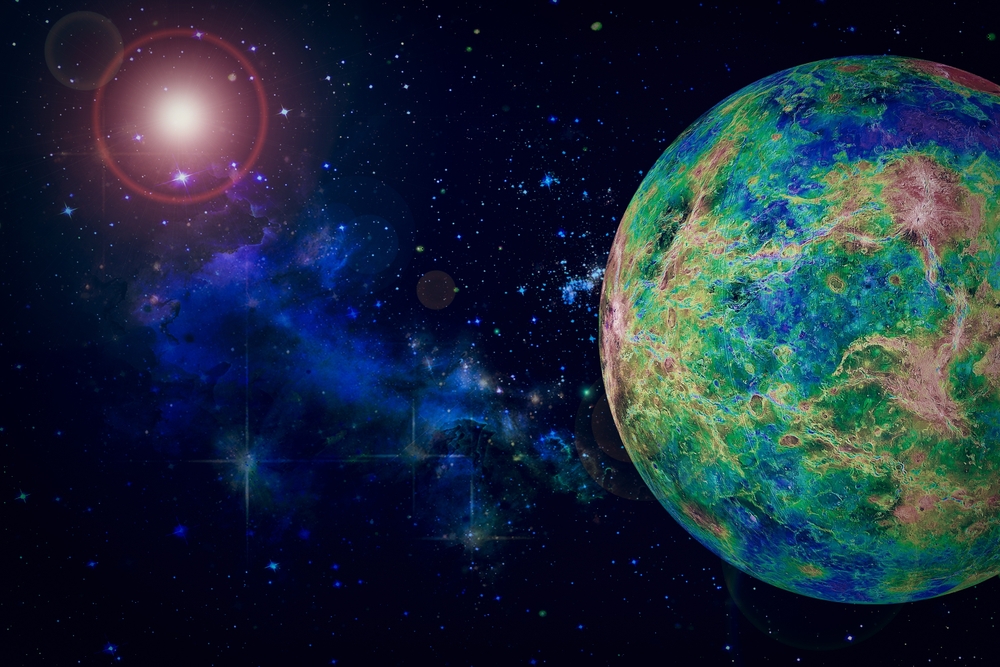
Not too long ago, the idea of planets orbiting other stars was purely speculative. But in the 1990s, astronomers made an astonishing breakthrough: they found the first confirmed exoplanet orbiting a distant sun-like star. Since then, the number has skyrocketed to thousands, revealing a universe teeming with worlds of all kinds—some eerily similar to Earth, others completely alien. There are gas giants that orbit their stars in mere days, super-Earths covered in lava, and even planets floating alone in the darkness of space with no parent star.
The discovery of exoplanets transformed the search for life beyond Earth. Scientists now have real targets to study, analyzing their atmospheres for potential biosignatures like oxygen and methane. Some exoplanets lie in the “habitable zone,” the sweet spot where conditions might be just right for liquid water—and possibly life. The more we find, the more it seems like planets are the rule, not the exception, hinting that life elsewhere might not just be possible, but probable.
4. The Cosmic Microwave Background
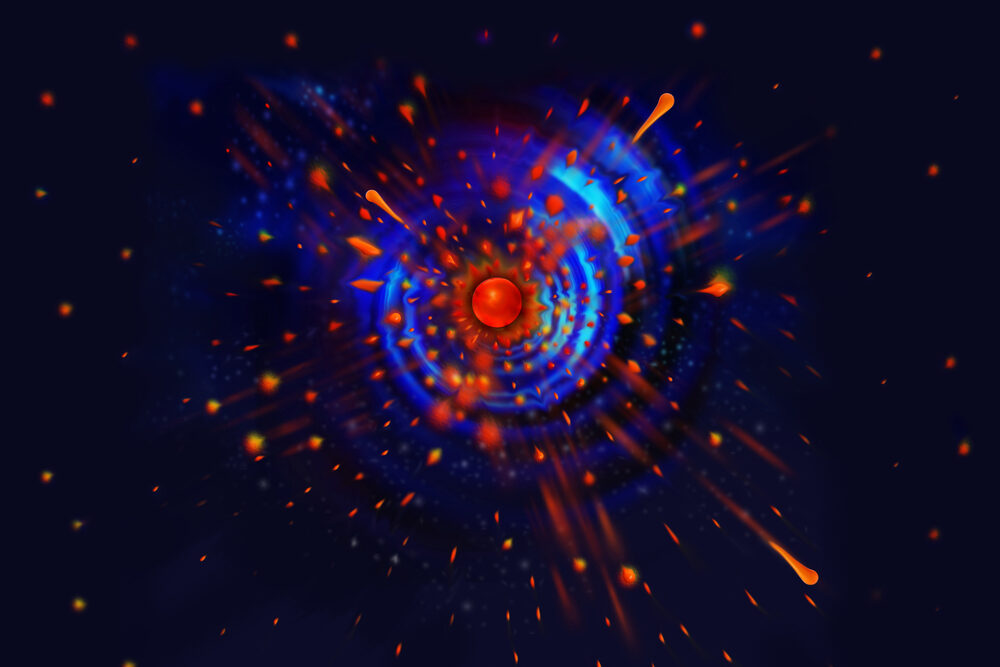
If the Big Bang really happened, there should be leftover radiation from that explosion still echoing throughout the universe. In 1965, two unsuspecting scientists accidentally stumbled upon it while trying to calibrate a radio antenna. What they thought was background noise turned out to be one of the most significant discoveries in cosmology: the Cosmic Microwave Background (CMB), a faint glow of radiation that fills the entire sky and serves as a snapshot of the infant universe, just 380,000 years after the Big Bang.
The CMB is like a fossil record of the cosmos, helping scientists piece together how the universe evolved from a hot, dense fireball into the vast structure we see today. It also provided compelling evidence for dark matter, the invisible substance that holds galaxies together. By studying tiny fluctuations in the CMB, researchers continue to refine our understanding of how the universe began and what its ultimate fate might be.
5. Dark Matter and Dark Energy
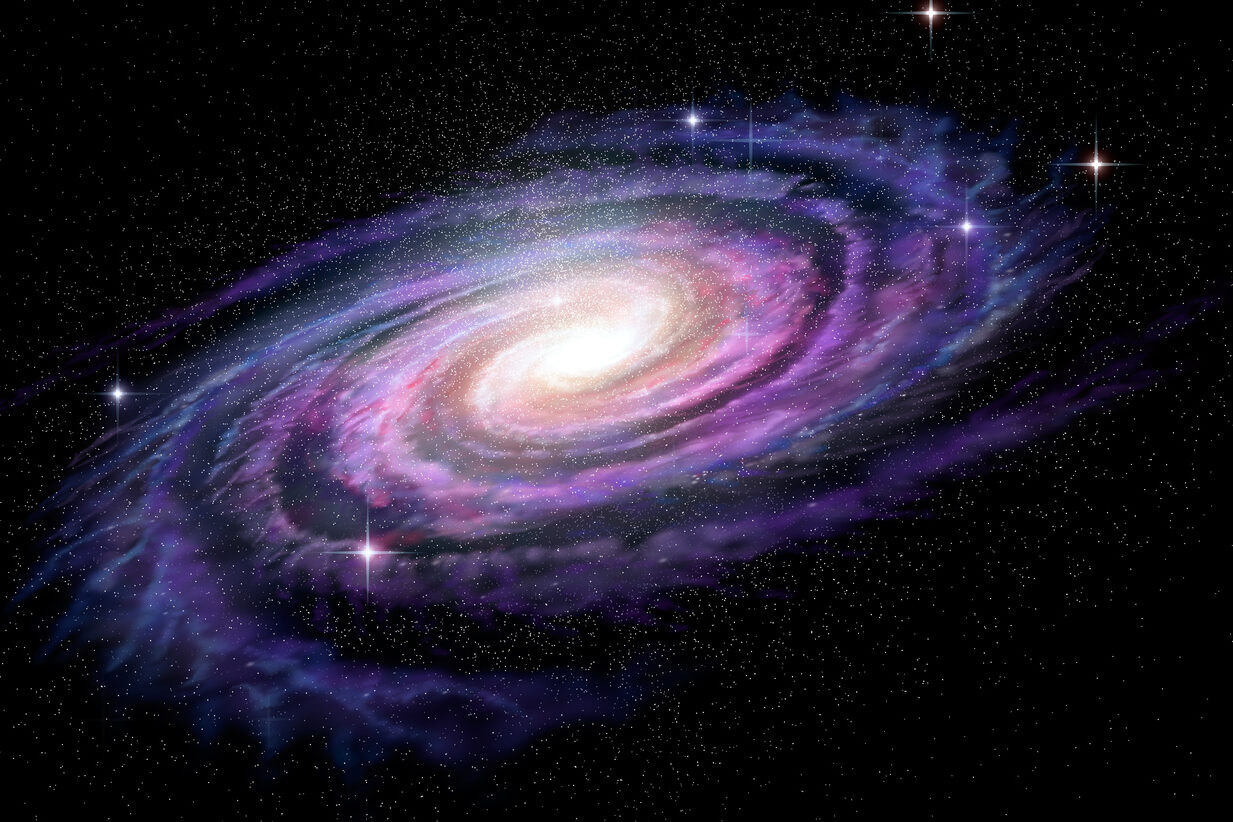
When scientists calculated how galaxies should behave based on visible matter alone, the math didn’t add up. Galaxies were spinning too fast—so fast that they should have torn apart long ago. This led to the shocking conclusion that most of the universe is made of something we can’t see: dark matter. It doesn’t emit, absorb, or reflect light, but its gravitational pull keeps galaxies intact. Despite decades of research, no one knows exactly what dark matter is, making it one of the biggest unsolved mysteries in physics.
Then came an even bigger shock—dark energy. Instead of slowing down, the universe’s expansion was accelerating, driven by some unknown force. Dark energy is believed to make up nearly 70% of everything in existence, yet its true nature remains elusive. These two invisible components, dark matter and dark energy, shape the universe more than anything we can see. The fact that most of the cosmos remains a mystery is both humbling and thrilling, proving that we still have so much more to learn.
6. The Multiverse Theory

What if our universe isn’t the only one? The idea of a multiverse has been around for a while, but modern physics suggests it might be more than just science fiction. Some versions of the theory propose that other universes exist parallel to our own, each with different physical laws. Others suggest that new universes are constantly being created, branching off whenever quantum decisions are made. While there’s no direct proof yet, the math behind string theory and cosmic inflation hints that multiple universes could be possible.
The implications are staggering. If the multiverse is real, it means that somewhere out there, infinite versions of reality might exist. There could be universes where gravity is stronger, where stars never form, or even where life took a completely different path. The biggest challenge is finding a way to test the theory, as other universes would likely be beyond our observable reach. But if one day we do find proof, it could completely reshape our place in the cosmos.
7. The James Webb Space Telescope’s First Images
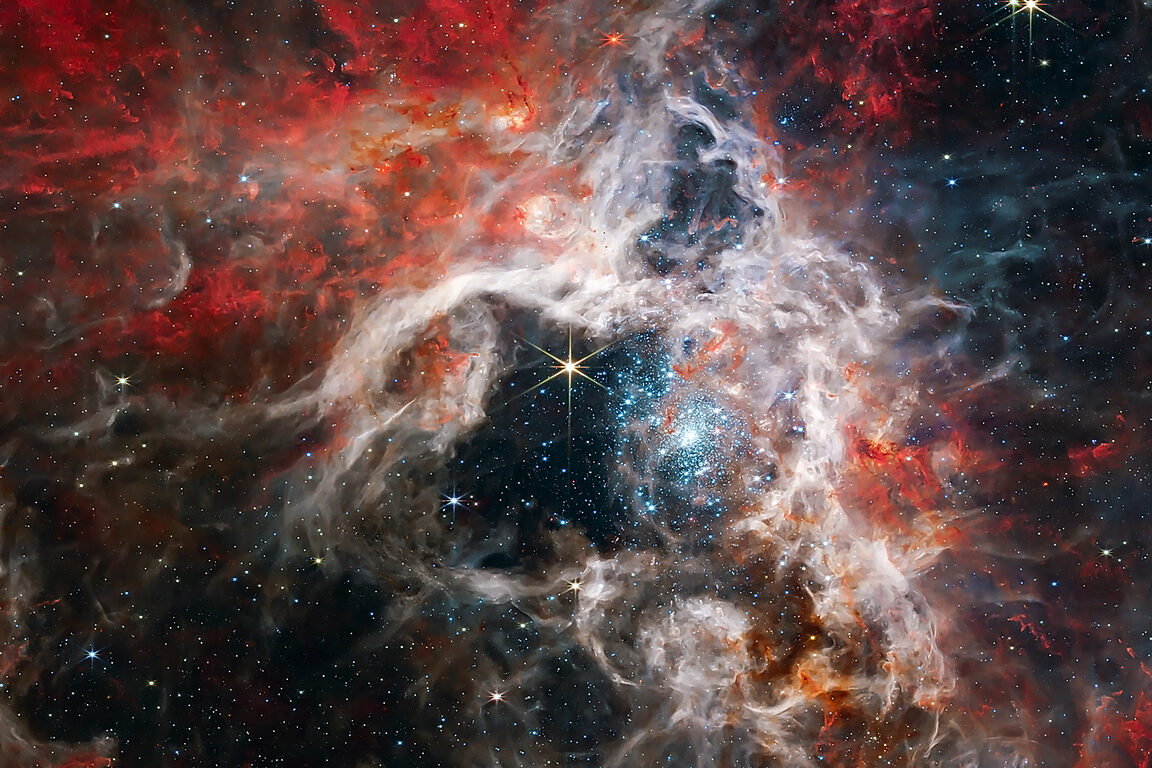
For decades, the Hubble Space Telescope gave us breathtaking images of the universe, but in 2022, a new era of space exploration began with the launch of the James Webb Space Telescope (JWST). Designed to see deeper into space and further back in time than ever before, JWST’s first images stunned the world. They revealed ancient galaxies from just a few hundred million years after the Big Bang, providing unprecedented insight into the universe’s early days.
But JWST isn’t just about looking at the past—it’s revolutionizing our understanding of exoplanets, star formation, and even black holes. Its advanced infrared technology allows scientists to peer through thick clouds of dust to uncover hidden cosmic structures. The telescope has already detected potential signs of atmospheres on distant planets, fueling the search for alien life. As it continues to scan the cosmos, JWST is expected to rewrite astronomy textbooks and unlock secrets we haven’t even thought to ask yet


